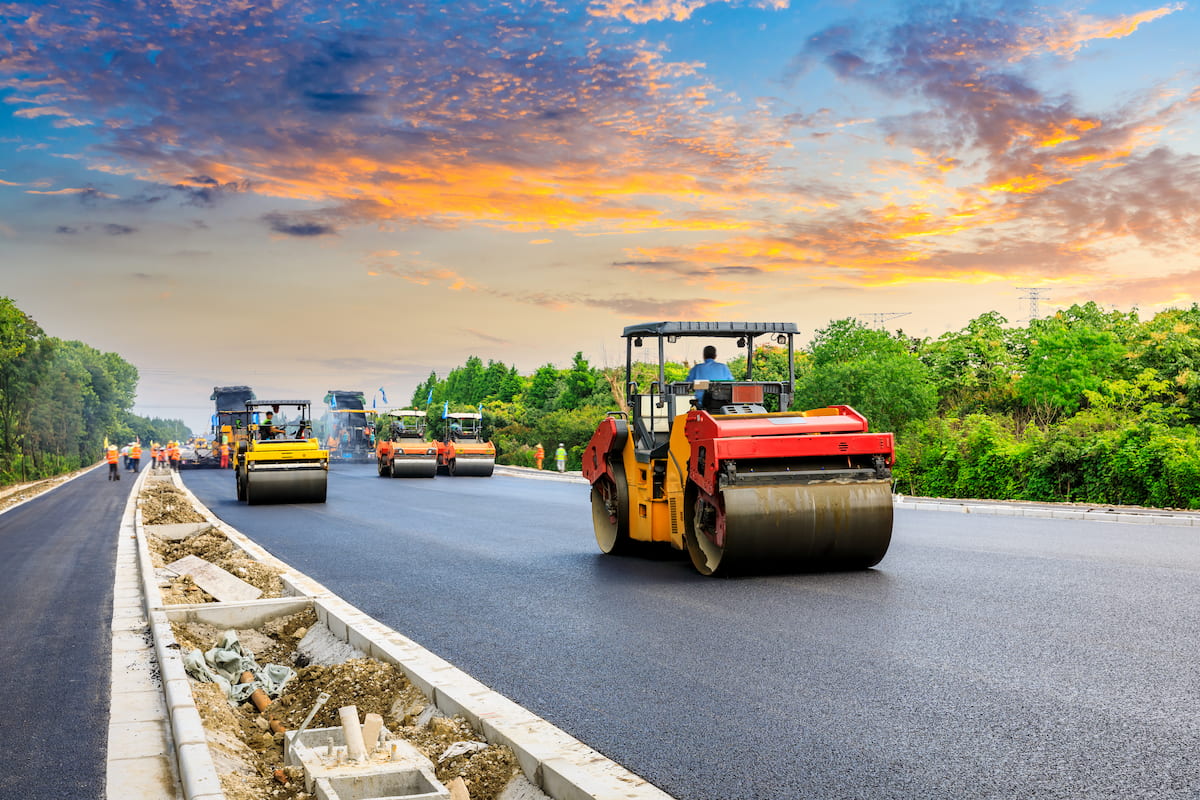Contact Us
RoadVision AI
Private Limited
Office No. 308 & 310, B Block
Ansal Chamber - 1, Bhikaji Cama Place,
Near Engineers India Limited (EIL) Bhawan, New Delhi - 110066
© 2024 | RoadVision AI | All rights reserved
Lime-flyash stabilized soil is an innovative approach to enhance the durability and performance of road pavements. As per IRC 88-1984, a recommended practice for pavement construction, the combination of lime and flyash helps to stabilize local soils, providing an economic and environmentally friendly solution. This technique is particularly important in areas where soil quality is inadequate for traditional pavement construction methods.
In this blog, we’ll dive deep into the lime-flyash stabilization process, its benefits, applications, and how it can revolutionize road construction, ensuring long-lasting infrastructure.

Lime-flyash stabilization is a method that combines lime (a form of calcium oxide) and flyash (a byproduct of burning coal or lignite) to improve the properties of soil. This mixture reacts with the soil particles to form a more durable, resistant material, making it an ideal solution for road base and sub-base layers. Lime reacts chemically with the soil’s clay content, while flyash enhances its strength and durability.
The primary benefit of lime-flyash stabilization is the increased strength of soil, which makes it more suitable for construction purposes. By combining lime and flyash, soil becomes resistant to erosion, weathering, and moisture damage. The strength development is gradual but significant, especially with proper curing and compaction.
Using flyash, a waste product from thermal plants, provides an environmentally friendly solution to both waste disposal and road construction. It helps reduce the environmental footprint while ensuring cost-efficiency in construction. Additionally, lime-flyash stabilization reduces the need for expensive imported materials.
The stabilized soil with lime and flyash shows excellent CBR (California Bearing Ratio) values, typically ranging between 40 to 90, depending on the soil type. This enhanced load-bearing capacity makes it ideal for sub-base and base courses in both flexible and rigid pavements.
Lime-flyash stabilization is adaptable to various soil types, including clayey and silty soils, which are commonly found in many regions. This flexibility allows engineers to use locally available materials without compromising on the pavement's quality and longevity.
According to IRC 88-1984, the thickness design of the lime-flyash-soil mixture is crucial for ensuring the pavement's longevity and stability. The minimum thickness of the lime-flyash-soil layer should be 15 cm, and it should be designed following IRC 37-1984, which offers guidelines for designing flexible pavements.
Lime-flyash stabilized soil serves as an ideal sub-base or base layer for flexible pavements. Its semi-rigid nature ensures that it provides structural support while remaining flexible enough to withstand traffic loads and environmental factors.
For rigid pavements, lime-flyash-soil stabilization offers superior strength and durability. The material’s high load-bearing capacity ensures that the pavement remains intact even under heavy traffic conditions.
Lime-flyash stabilization is often used in the rehabilitation of existing roads, where poor soil or deteriorating road surfaces require improvement. This method revitalizes the road base, enhancing the overall performance of the pavement.
The soil, lime, and flyash must be mixed in precise proportions. The recommended proportion is 10% to 30% lime and flyash by weight of the total dry soil mixture. This ensures optimal strength and durability.
The mixture should be compacted at optimum moisture content to achieve maximum density. Curing for 28 days in moist conditions allows the lime and flyash to fully react with the soil, ensuring peak strength development.
Regular quality checks should be carried out during mixing, compaction, and curing to ensure that the mixture meets the required strength and performance criteria.
Lime-flyash soil stabilization plays a vital role in the construction of robust and durable pavements. By utilizing this technique, road engineers can build more sustainable and cost-effective road infrastructure, contributing to long-lasting solutions for the transportation sector.
RoadVision AI is revolutionizing roads AI and transforming infrastructure development and maintenance with its innovative solutions in AI in roads. By leveraging Artificial Intelligence, digital twin technology, and advanced computer vision, the platform conducts thorough road safety audits, ensuring the early detection of potholes and other surface issues for timely repairs and improved road conditions. The integration of potholes detection and data-driven insights through AI also enhances traffic surveys, addressing congestion and optimizing road usage. Focused on creating smarter roads, RoadVision AI ensures compliance with IRC Codes, empowering engineers and stakeholders to reduce costs, minimize risks, and elevate road safety and transportation efficiency.